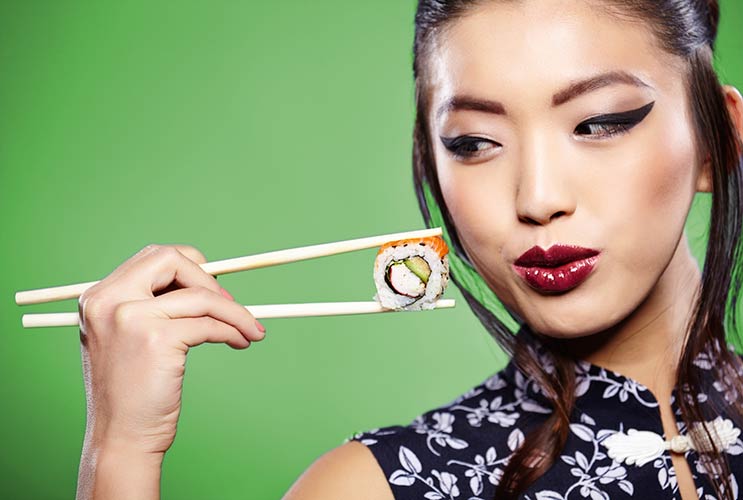Few things in life are as satisfying as enjoying fresh sushi with a perfectly spicy wasabi, delicious pickled ginger and generous lashings of soy sauce. Over the past few decades, sushi, which is typically raw fish styled with rice and the odd vegetable or two, has become something of a global phenomenon. No matter where you are in the world, you are likely to find a good local sushi restaurant to make all your sashimi dreams come true. However, the dish has very humble beginnings. Let’s take a closer look at how it became as popular worldwide as it is today.
The Origins Of Sushi
While a fairly modern dish in the western world, sushi’s origins can be traced back millennia to the rice fields of Asia. In fact, it was China’s rice fields, and not Japan’s as is commonly thought. Japan is certainly very well-known for sushi and played a major role in introducing the delicacy to the rest of the world. However, sushi can best be traced back to a Chinese dish known then as narezushi.
Narezushi consisted of salted fish and fermented rice. The rice was not fermented for its flavour, and the fish wasn’t salted for flavour either. In fact, the earliest mention of narezushi dates back as far as the 2nd Century BC, meaning that refrigerators weren’t introduced for at least another 2,000 years. The salting and fermentation processes were implemented as a means of preservation.
The dish became popular back then already and spread from China to Japan in the 8th Century. The first written reference to ‘sushi’ was in the Yoro Code, which was written in the year 718. Of course, sushi continued to grow in popularity. However, it was a bit different from the sushi we know today – it was often cooked due to lack of refrigeration and served in much larger pieces.
Sushi In The Western World
Sushi was introduced to the west in the early 1900s but was not immediately popular except among the upper-class. Furthermore, it became even less common as Japanese immigration declined later on in that century.
After the second World War, Japan was once again open for international business, trade and tourism, and this is where sushi began to get its second wind. By the mid 1960s, middle-class Americans were all on the sushi bandwagon and sushi restaurants were popping up all over the country.
However, the idea of eating raw fish needed to be adapted somewhat for western tastes. To help Americans get used to the idea of sushi, many restaurants began to experiment with new flavour combinations. One of the most popular combinations from back then that still remains a firm favourite amongst sushi lovers across the world is the California Roll. This was adapted from an inside-out makizushi roll, with rice wrapped around the seaweed instead of the other way around. In the centre, cucumber, crab meat and avocado could be found. These days, however, the crab meat has been replaced by all manner of seafood, including prawns, salmon and tuna.



